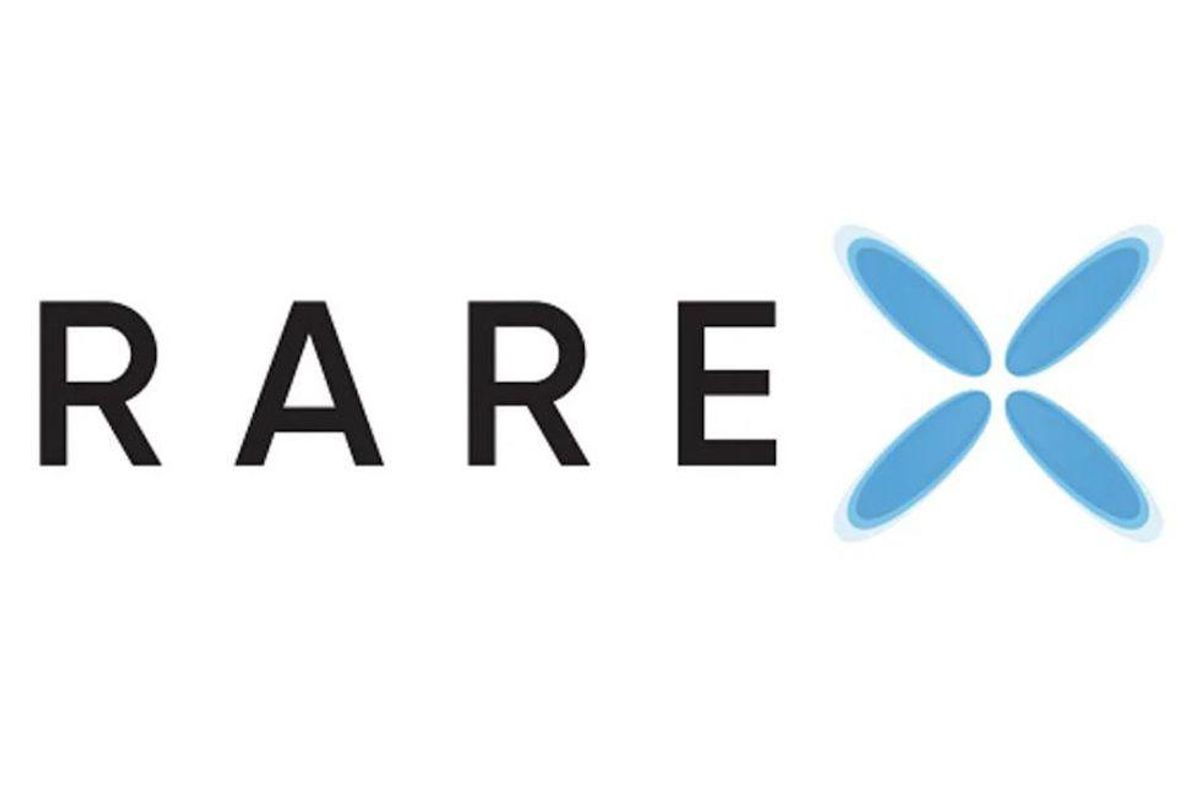
January 22, 2023
Record intercepts of 513.8m @ 0.5% TREO and 5% P2O5 and 288m @ 0.4% TREO and 4% P2O5 delineate large-scale bulk rare earths-phosphate deposit ahead of imminent resource upgrade
Australian sustainable rare earths company, RareX Limited (ASX: REE) (RareX or the Company), is pleased to report assay results from a further eight drill holes completed as part of the 2022 drilling program at its 100%-owned Cummins Range Rare Earths-Phosphate Project in the Kimberley region of Western Australia.
Highlights:
- Outstanding new results from a further eight holes from the 2022 drilling campaign at the Cummins Range Rare Earths and Phosphate Project, Western Australia
- Exceptional intersection of:
- 513.8m at 0.5% TREO and 5% P2O5 from 3m and 144m at 5% P2O5 and 0.7% TREO from 557m from scissor hole CDX0033
- Including very high-grade zones of 12.65m at 2.3% TREO and 5% P2O5 and 7.8m at 5.3% TREO and 6% P2O5
- Another outstanding wide intercept of:
- 288m at 0.4% TREO and 4% P2O5 including 12m at 1.4% TREO and 4% P2O5 and 14m at 1.4% TREO and 5% P2O5 from CDX0038
- Rare earths and phosphate mineralisation now confirmed over a strike extent of 600m with results received from the outermost holes
- 2022 drilling has demonstrated the potential for a very large, bulk tonnage REE-phosphate project, with a significant step-up in scale from last year’s Scoping Study
- Resource upgrade on track for this quarter following expected receipt of remaining assays in February
- No direct impact on operations from recent flooding in the Central and West Kimberley
The exceptional new results, building on significant assays reported towards the end of last year, demonstrate the potential for a step-change in the scale of the Project, with broad zones of significant rare earths (REE) and phosphate mineralisation now defined over a 600m strike extent.
RareX is still awaiting assay results from 48 holes drilled as part of the significant 2022 drilling program that was completed in December 2022. Following expected receipt of the final assays in February, the Company expects to be in a position to publish a significant mineral resource upgrade later this quarter.
RareX is still awaiting assay results from 48 holes drilled as part of the significant 2022 drilling program that was completed in December 2022. Following expected receipt of the final assays in February, the Company expects to be in a position to publish a significant mineral resource upgrade later this quarter.
Click here for the full ASX Release
This article includes content from RareX, licensed for the purpose of publishing on Investing News Australia. This article does not constitute financial product advice. It is your responsibility to perform proper due diligence before acting upon any information provided here. Please refer to our full disclaimer here.
REE:AU
The Conversation (0)
Latest News
Latest Press Releases
Trading Halt
9h
Related News
TOP STOCKS
American Battery4.030.24
Aion Therapeutic0.10-0.01
Cybin Corp2.140.00